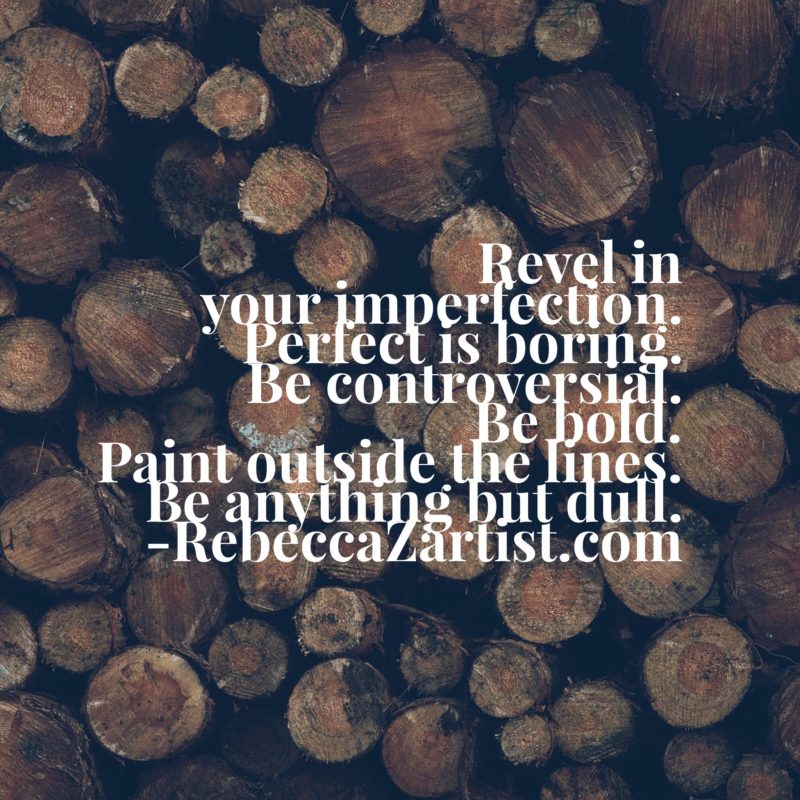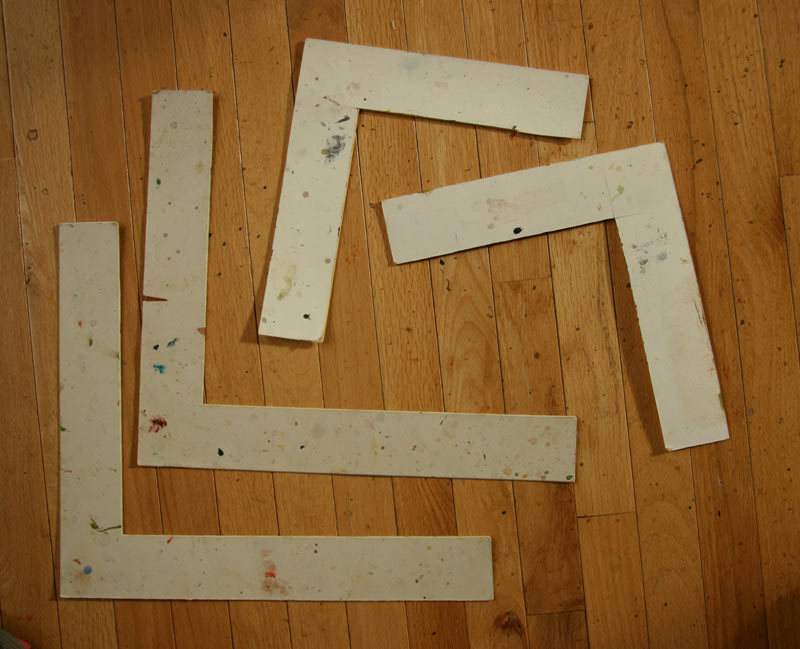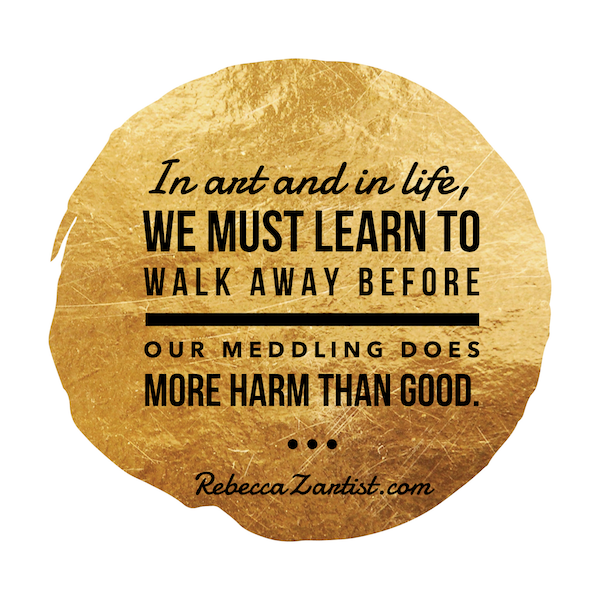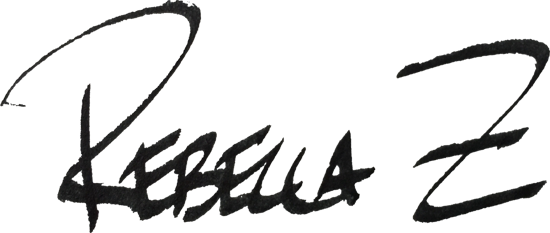
When is Your Painting Finished? How do you evaluate your painting?
“A painting is finished when the artist says it is finished.” ~Rembrandt
When it comes to evaluating your painting, to decide whether or not it’s done, there are so many approaches. So many in fact, that I had to split up the topic into a 4-part blog. This particular installment is Part 3.
In Part 1, I addressed the need to adjust our mindset. It’s so important to get over the idea of perfection! Perfection is dull. Both you and your work are unique and that’s a wonderful thing!

Your mindset matters!
Cultivating a mindset that celebrates the fact that we are unique is so much more productive than a mindset of perfection.
Measuring yourself against perfection will always leave you feeling inadequate.
Part 2 of this series was about setting goals for your painting. That particular strategy has been really helpful to me over the years.
Here are links to the first two blogs in this series if you missed them:
- Thoughts On Finishing Part 1- Thoughts on Finishing Part 1- The Naked Beauty Contest
- Thoughts On Finishing Part 2-Thoughts on Finishing Part 2- Begin with a Goal

“L” Shaped mats can be a great assessment tool. Cut yourself a couple of these out of old watercolor paper or mat board. If you don’t want them to end up dirty like these mats, cover them with White gesso or clear packing tape. 😊
Here are some of my favorite tips on how to evaluate your painting.
Print them out and keep them handy as you evaluate your next painting 😊
- Take a picture with your phone and crop it using your editing tools.
- Look at your painting in a mirror.
- Turn it upside down and view it as an abstract. Sometimes compositional shortcomings reveal themselves when we look at it from another perspective.
- Put a mat around it: get some “L” mats (as pictured above) and use them to visually isolate your painting from what’s around it.
- Assess your values through a piece of red acetate- This removes color and reveals patterns of lights and darks. Value is often at the heart of the problem when paintings have “issues”.
- Take a photo and view it in black and white. As noted above, removing color helps you evaluate the values. I’ve found that if it works in black and white, then it probably works in color.
- Put your work under a mat on an easel across the room and live with it for a few days. If you have a piece of Plexiglas, this can also help with assessing it as a finished product.
- Run a photo of your painting through an app and play with intensity of color. Play with it, crop it, increase the contrast, etc. Sometimes these alternative interpretations give you ideas.
- Bring it to a critique group/ trusted teacher for input.
Important note! Be careful who you ask to give you an opinion on your work.
Bring it to those who will be kind, and discourage commentary from anyone who is not supportive of your journey as an artist.
We are all growing and doing our best, and our efforts need to be met with gentle and encouraging critique. You deserve kindness! ❤️

Remember: ONE MORE THING can be dangerous!
Fixing “one more thing” will create a question or send out a call that often needs an answer somewhere else in the painting.
“It’s like a room full of people. Add one more person and everyone shifts, some of the conversations will change.” ~Dreama Tolle Perry

Art lessons can be life lessons. Walk away before your work does more harm than good.
The idea that “doing just a little bit more will improve things” is born of our perfectionism.
Be cautious toward the end of your painting and understand that “one more thing” may cause yet another, and another…and down the rabbit hole you’ll go!
Try to get in the habit of walking away when you think the painting is 85% finished.
- Get a coffee, take a walk, let out the dog, and come back.
- Then, when you return, restrain yourself!
- Only do what’s absolutely necessary.
- Try to leave a little unsaid…room for the viewer to complete the story.
Remember: A little bit of Mystery can be a good thing.
I hope this series of blogs on finishing your paintings will be of help to you when you evaluate your painting next time. It’s always my hope to share the journey authentically. Being an artist ain’t easy, so the more we can help one another the better!
If you missed my previous blogs with “Thoughts on Finishing”, you can find them via the links here:
Thoughts on Finishing Part 1- The Naked Beauty Contest
Thoughts on Finishing Part 2- Begin with a Goal
All my thinking on the topic has led me to create a couple of checklists for finishing…I’ll be sharing those in my final installment of this series.
Stay tuned, and thanks for sharing the journey with me!
Love and light, ❤️🎨✨
Rebecca
PS- I have 3 international trips scheduled for the next calendar year…2 of them still have openings for you to join me 😊 I hope you’ll plan ahead and make some memories with me. If that’s not possible, be sure to follow along on my upcoming adventures through social media- Facebook @Rebecca Zdybel or @RebeccaZArtist and Instagram @RebeccaZartist. I love hearing from you!


Rebecca,
This is SO true for artists, I believe. There are times when we all struggle with deciding when our painting is finished. Thanks so much for posting this!!
I’m so glad you found it helpful! It’s a struggle to make the call sometimes…there always more that COULD BE done. The question is SHOULD IT be done? Using these methods I seem able to step away from the painting enough to gain some distance and objectivity. Happy painting 🎨